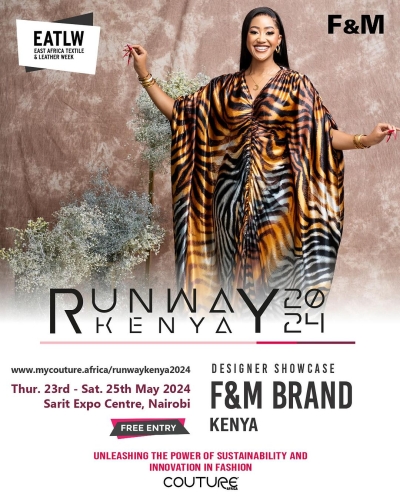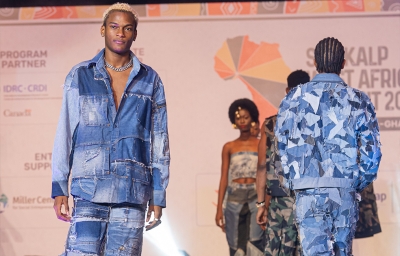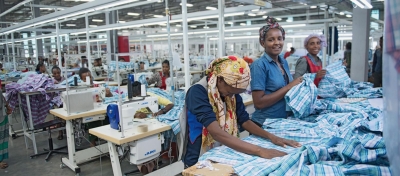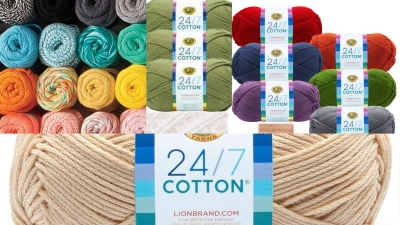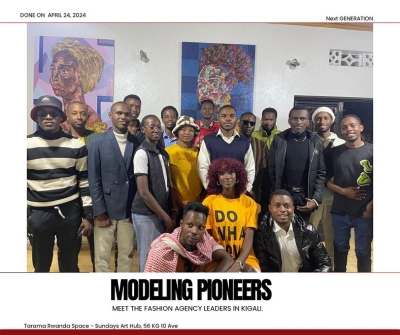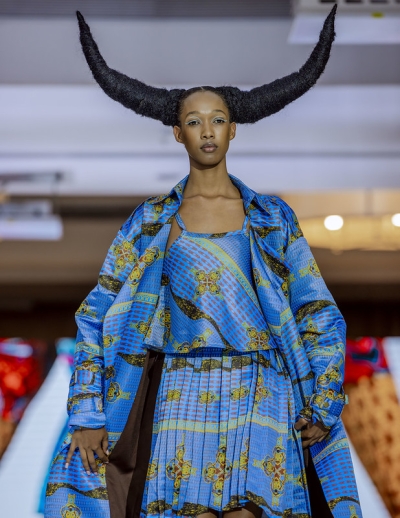![Model on the runway-show in the Kigali Triennial 2024's Fashion [PHOTO MYA]](/media/k2/items/cache/fe4bbe81600a40063594e597e00eb05b_L.jpg) Model on the runway-show in the Kigali Triennial 2024's Fashion [PHOTO MYA]
Model on the runway-show in the Kigali Triennial 2024's Fashion [PHOTO MYA]
How Far is the African Fashion Industry? Potential, sustainability, and Challenges
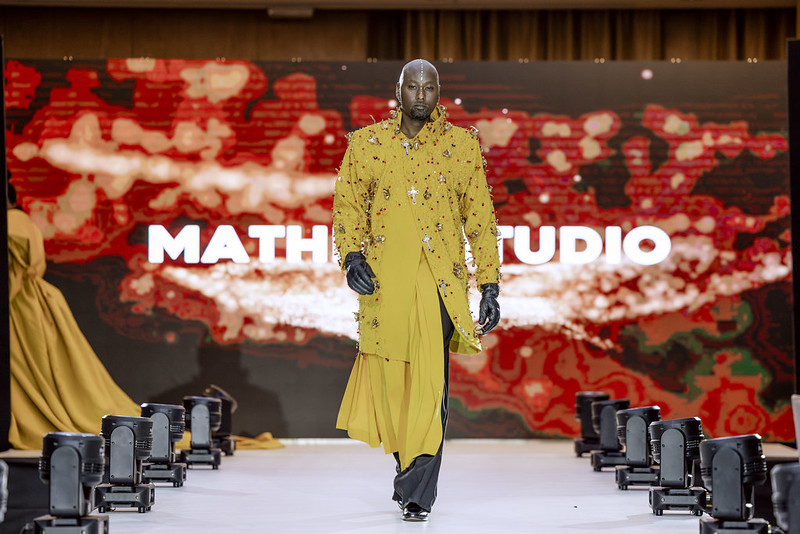 Model Franco Kabano on the runway show in the Kigali Triennial 2024's Fashion [PHOTO MYA]
Model Franco Kabano on the runway show in the Kigali Triennial 2024's Fashion [PHOTO MYA]
The fashion industry in Africa faces several challenges in achieving sustainability, primarily due to a combination of economic, social, and environmental factors. However, the African fashion industry is brimming with potential as stated in the UNESCO Report dubbed The African Fashion Sector: Trends, Challenges and Opportunities for Growth. A burgeoning middle class, a youthful and growing population, and rapid urbanization are creating a booming market for African-made clothing. African fashion designers, drawing inspiration from traditional techniques and a rich cultural heritage, are not only creating beautiful and unique garments but also fostering economic growth and empowering communities across the continent.
However, despite its undeniable potential, the African fashion industry also faces a number of significant challenges. These challenges include a lack of investment, limited educational and training opportunities, difficulty sourcing high-quality materials, and navigating complex intellectual property issues.
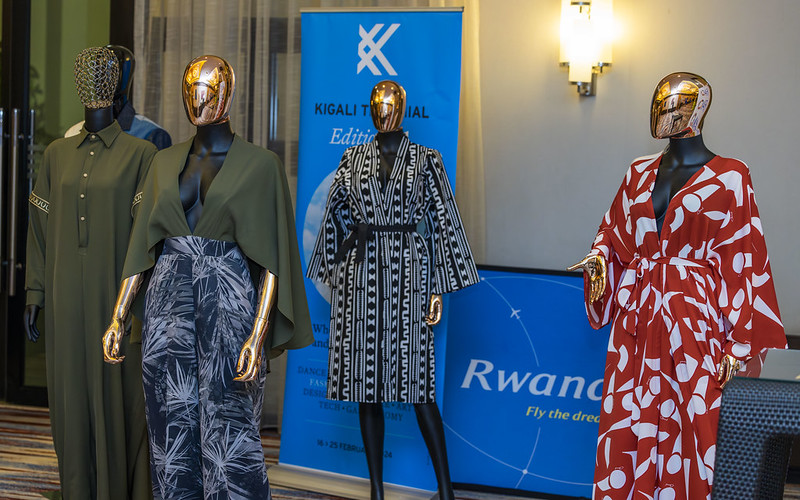
Made in Africa cloths during the exhibition at the Kigali Triennial 2024's Fashion [PHOTO MYA]
A Flourishing Market
Africa boasts a population of 1.2 billion people, with an estimated 60% being under the age of 25. This young demographic is fashion-forward and has a growing disposable income. A burgeoning middle class, with a taste for quality and a desire for unique pieces, is further propelling the demand for African fashion. Rapid urbanization is another key driver of growth in the fashion industry. As more and more Africans move to cities, the demand for ready-made clothing increases.
The rise of digital technologies is also playing a significant role in the growth of the African fashion industry. Online platforms are providing African designers with a global reach, allowing them to showcase their collections to a wider audience and connect with potential customers around the world. Social media is another powerful tool that African fashion designers are using to promote their brands and build a loyal following.
Cultural Inspiration and Economic Empowerment
African fashion is known for its vibrant colours, bold prints, and unique silhouettes. African designers are drawing inspiration from a rich cultural heritage, incorporating traditional textiles, techniques, and motifs into their contemporary designs. This not only creates visually stunning garments but also helps to preserve and promote African culture.
The growth of the African fashion industry is also having a positive impact on local economies. The industry is creating jobs, not only for designers and tailors but also for artisans, weavers, and other skilled workers. By promoting the use of locally sourced materials and traditional techniques, the fashion industry is helping to empower communities and foster sustainable economic development.
Moreover, the focus on locally sourced materials and traditional production techniques fosters sustainable practices. By promoting the use of organic cotton, natural dyes, and upcycled materials, African fashion designers are not only reducing their environmental footprint but also creating a demand for sustainable production methods. This not only benefits the environment but also promotes ethical sourcing and empowers local communities to build sustainable livelihoods.
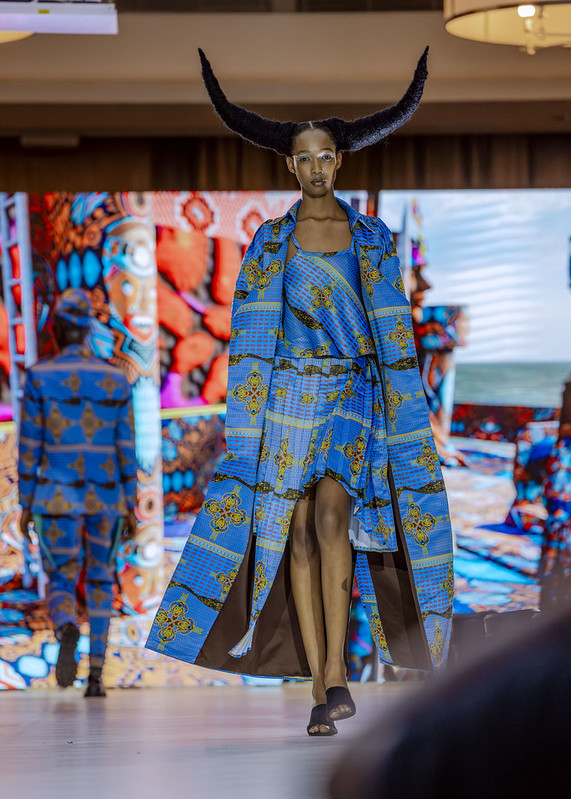
Model on the runway show in the Kigali Triennial 2024's Fashion [PHOTO MYA]
The Road Ahead: Challenges and Opportunities
The African fashion industry is at a crossroads. With its rich cultural heritage, talented designers, and growing market, the industry has the potential to become a major force in the global fashion landscape. However, in order to achieve this potential, a number of challenges need to be addressed.
There is a need for increased investment in the African fashion industry. This investment can come from a variety of sources, including governments, development agencies, and the private sector. Investment is needed to support the development of educational and training programs, improve infrastructure, and provide access to finance for African fashion businesses.
There is also a need for stronger intellectual property protection mechanisms in Africa. This will help to protect African designers from counterfeiting and ensure that they can reap the rewards of their creativity.
By addressing these challenges, stakeholders can help the African fashion industry to flourish. A thriving African fashion industry will not only create jobs and boost economic growth but also promote cultural identity and empower communities across the continent.
Bridging the Gap: Solutions for a Sustainable Future
The future of the African fashion industry hinges on addressing the aforementioned challenges and creating an ecosystem that fosters sustainable growth. Increased investment is crucial, and stakeholders from governments and development agencies to private investors and philanthropists need to recognize the industry’s potential and allocate resources accordingly. These investments can support the development of educational and training programs in fashion design, production, and business management.
Infrastructure development is also essential. Investing in textile manufacturing facilities, processing plants, and logistics networks can create a more efficient and cost-effective environment for domestic production. This will not only reduce reliance on imports but also improve the quality and consistency of locally sourced materials.
Strengthening intellectual property protection mechanisms in Africa is crucial to safeguard the creativity of designers. Governments need to implement stricter laws against counterfeiting and streamline the process for registering and protecting designs. Additionally, raising awareness about IP rights among designers and fashion businesses is essential.
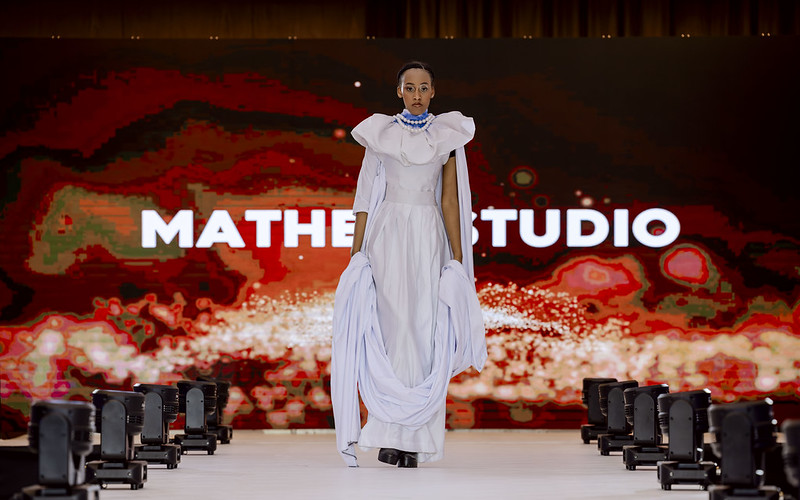
Model on the runway show in the Kigali Triennial 2024's Fashion [PHOTO MYA]
Beyond Borders: A Global Stage for African Fashion
The rise of digital technologies presents exciting opportunities for African fashion designers to reach a global audience. Online platforms like e-commerce websites and social media can be leveraged to showcase collections, connect with international buyers, and build a loyal customer base. Collaboration between African designers and international fashion brands can be a powerful driver of growth. Such partnerships can provide access to expertise, technology, and global distribution networks, allowing African designers to expand their reach and achieve greater commercial success.
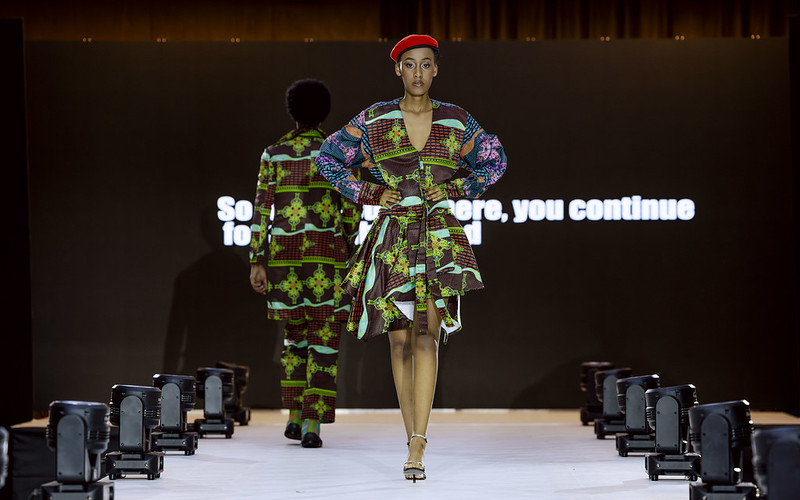
Model on the runway show in the Kigali Triennial 2024's Fashion [PHOTO MYA]
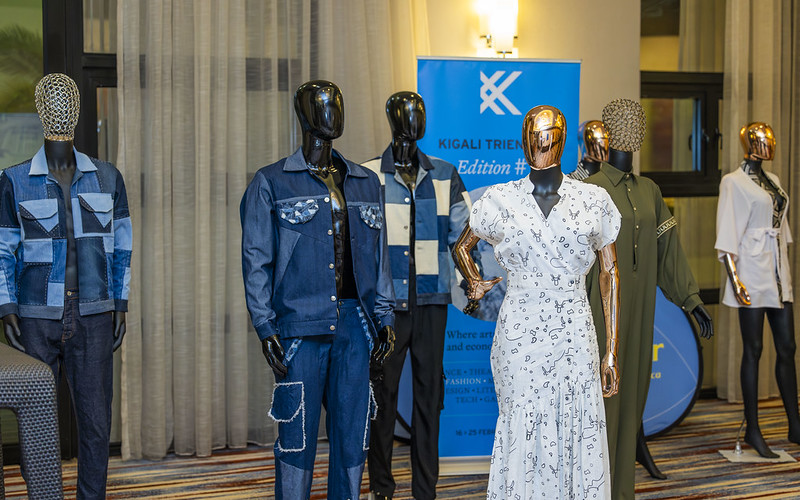
Made in Africa cloths during the exhibition at the Kigali Triennial 2024's Fashion [PHOTO MYA]
Article source Couture Africa
Latest from RCFS
- THE 3RD EAST AFRICA TEXTILE AND LEATHER WEEK (EATLW) 2024 SET TO SHOWCASE REGIONAL INNOVATION AND TRADE
- Circular Economy and Sustainability in Africa: Fashion and Textiles
- Circular Economy and Sustainability in Africa: Fashion and Textiles
- How Ethiopia's Apparel Sector is Combatting AGOA Uncertainty: Fashion's Next Sourcing Hub
- How Ethiopia's Apparel Sector is Combatting AGOA Uncertainty: Fashion's Next Sourcing Hub



